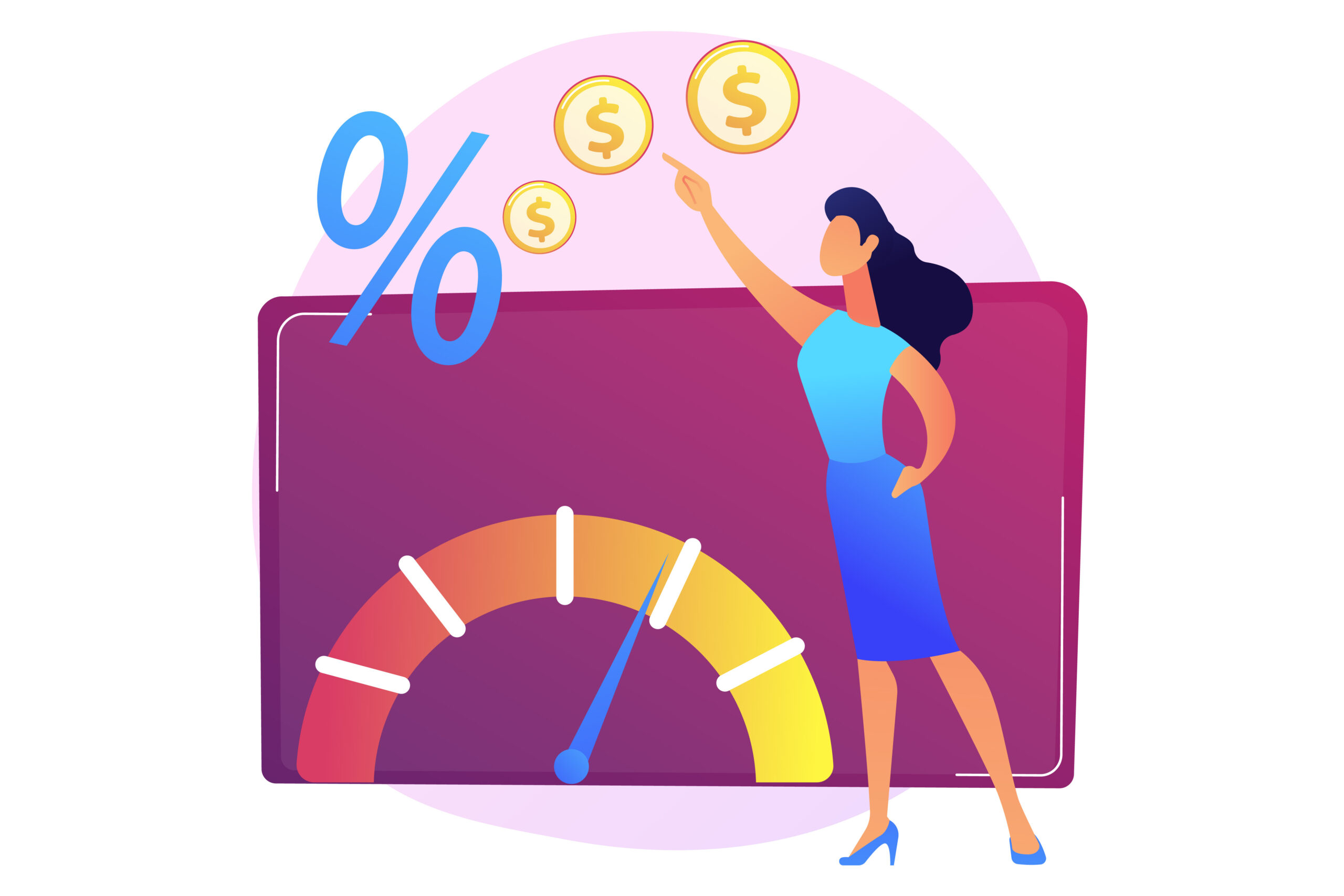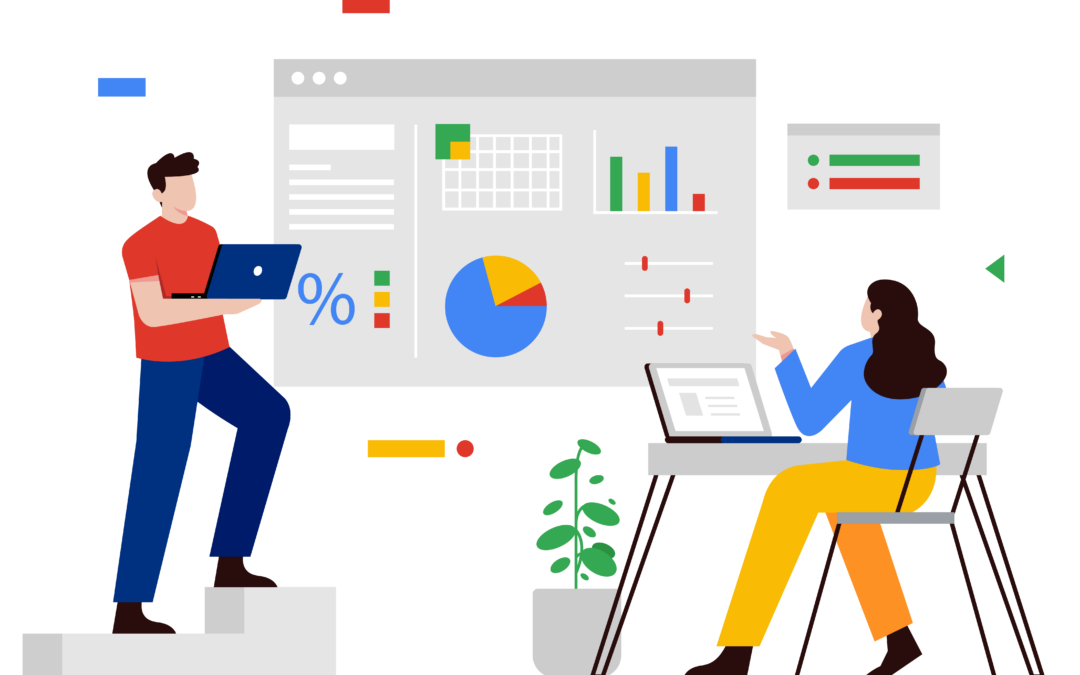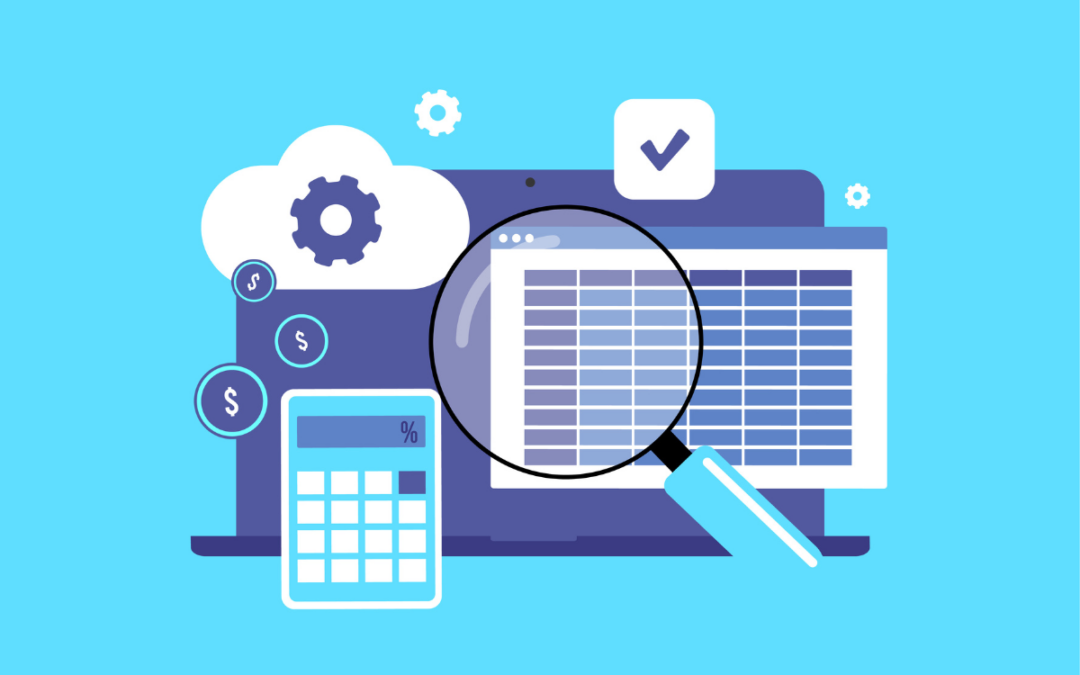Do you keep your prices the same across the board? Is it harming your revenue? Then, you might want to give price discrimination a go. To be clear, the word “discrimination” in this context does not usually refer to something illegal or derogatory in most cases. It refers to businesses being able to change their prices dynamically according to certain situations, which we will discuss further. In this article, you will learn what is price discrimination, the benefits, considerations before implementation, the different types, and some examples.
What is Price Discrimination?
Price discrimination is defined as charging different prices to different customers. These prices can vary due to market conditions, how customers perceive value in your product or service, or how much it costs to make a product or provide a service.
But Wouldn’t We Want Everybody to Pay the Same Price?
That would be a no, because different customer segments have different characteristics and different price points that they are willing to pay. Let’s say toilet paper costs $5 a bundle – no sales, no discounts, no nothing. A higher income customer would have the funds to buy as many as they need, but a lower income customer would not be able to afford it. Another point to make, according to economists, is that one-price-for-all can lead to market inefficiencies from both the supply and demand.
So, What Are the Benefits?
Price discrimination is an ideal tool to extract more value from your customers which results in increasing your total revenue and profit. By charging higher prices to those who value your product more and lower prices to those who value it less, you can expand your market and sell more units. In addition, this pricing strategy can help you stand against competitors, differentiate your product, and build loyal customers.
IMPORTANT: Considerations You Need to Know
To have a successful price discrimination pricing strategy, economists found three conditions that a business must have. First, you’ll need sufficient market power. This will help you face downward-sloping demand, otherwise you won’t be able to charge above the marginal cost. Second, your data on your customers’ willingness to pay must be reliable and relevant. With that said, you’ll need to identify the differences in demand based on different conditions or customer segments. Third, can you protect your product from resale and arbitrage? If not, customers can buy at lower prices and sell at higher prices, which will erode your profits. The decision to implement this pricing strategy is ultimately up to you, but it would work to your benefit if you had all three of these conditions.
Three Types of Price Discrimination
First Degree (aka Personalized Pricing)
This is when you charge each customer exactly what they are willing to pay, leaving no consumer surplus. First degree discrimination is the most profitable, but also the most difficult to achieve because you need to know the ins and outs of each customer’s buying and shopping habits. Professional services typically use this strategy since they can charge a different price for every product or service sold.
Second Degree (aka Product Versioning or Menu Pricing)
In this case, the same product is priced based on qualities or quantities. You may know this type as bulk discounts, bundled packages, or premium versions. With second degree price discrimination, customers choose what they are willing to pay. As a result, extensive knowledge of your customers isn’t necessary.
Third Degree (aka Group Pricing)
Think of a movie theater charging attendees different prices based on a characteristic (seniors, adults, veteran, student, and children). That’s an example of third-degree price discrimination, where a discount is offered to different market segments, whether it be age, location, or income.
Examples of Ways to Use Price Discrimination to Maximize Revenue
Because every business is unique, we recommend trying these common strategies to see which type will give you the best results.
- Age discounts
- Loyalty programs
- Time-based pricing
- Volume pricing
- Bundling
Is This Pricing Strategy Right for You?
Only you can answer that with the information provided. We can tell you that if you are interested in going this route (or any other dynamic pricing strategy), Rockton Pricing Management (RPM) is the tool you need. The most flexible, powerful, multi-platform (Acumatica, Dynamics GP, and Business Central) pricing optimization software available, RPM can help simplify any complex pricing scenarios. Don’t believe us? Let us show you what it can do with a one-on-one demo.





